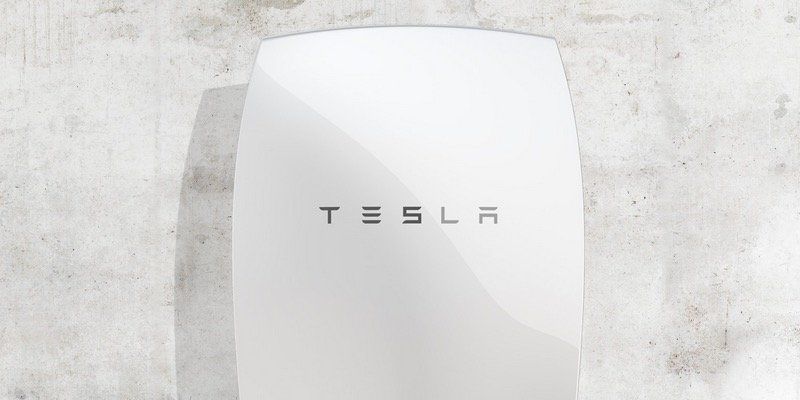Introducing the Tesla Powerwall
A Battery Designed to Power Your Home
If you haven’t heard of the Tesla Powerwall yet, but your initial thoughts are that it sounds like something out of a comic book, you might not be that far off. Tesla’s founder Elon Musk might actually be a real life Avenger (you know… the superhero kind)… but we will get to that later.
Tesla Motors, a company known for making electric cars has recently taken a huge step forward in the renewable energy world and has opened a division called Tesla Energy. Tesla Energy has announced the release of it’s first product, the Tesla Powerwall which uses the technology present in the batteries of Tesla cars and has given it an application to power houses and buildings.
The 7kWh unit will sell for $3,000, while the 10kWh unit will go for $3,500, with the goal of shipments starting summer 2015! (However according to one news story, they are already sold out until 2016, I guess there is real demand).
Here is some of the official jargon from the Tesla Energy Press release:
“The Powerwall is a rechargeable lithium-ion battery designed to store energy at a residential level for load shifting, backup power and self-consumption of solar power generation. Powerwall consists of Tesla’s lithium-ion battery pack, liquid thermal control system and software that receives dispatch commands from a solar inverter. The unit mounts seamlessly on a wall and is integrated with the local grid to harness excess power and give customers the flexibility to draw energy from their own reserve.”
Basically this is a battery for your house that stores power from the grid or solar panels. This is a huge step towards making “getting off the grid” accessible to the average homeowner.
Here is a list of resources that explain the Powerwall in greater detail than I can including a video of the launch and some recent press.
Tesla Powerwall
As for Tesla founder Elon Musk, here is a fun infographic that compares him to Tony Stark or Ironman from the Marvel Comics.
Recent Posts



Contact Me Anytime!
The best way to get ahold of me is to submit through the contact form below. However feel free to give me a shout on the phone as well.





